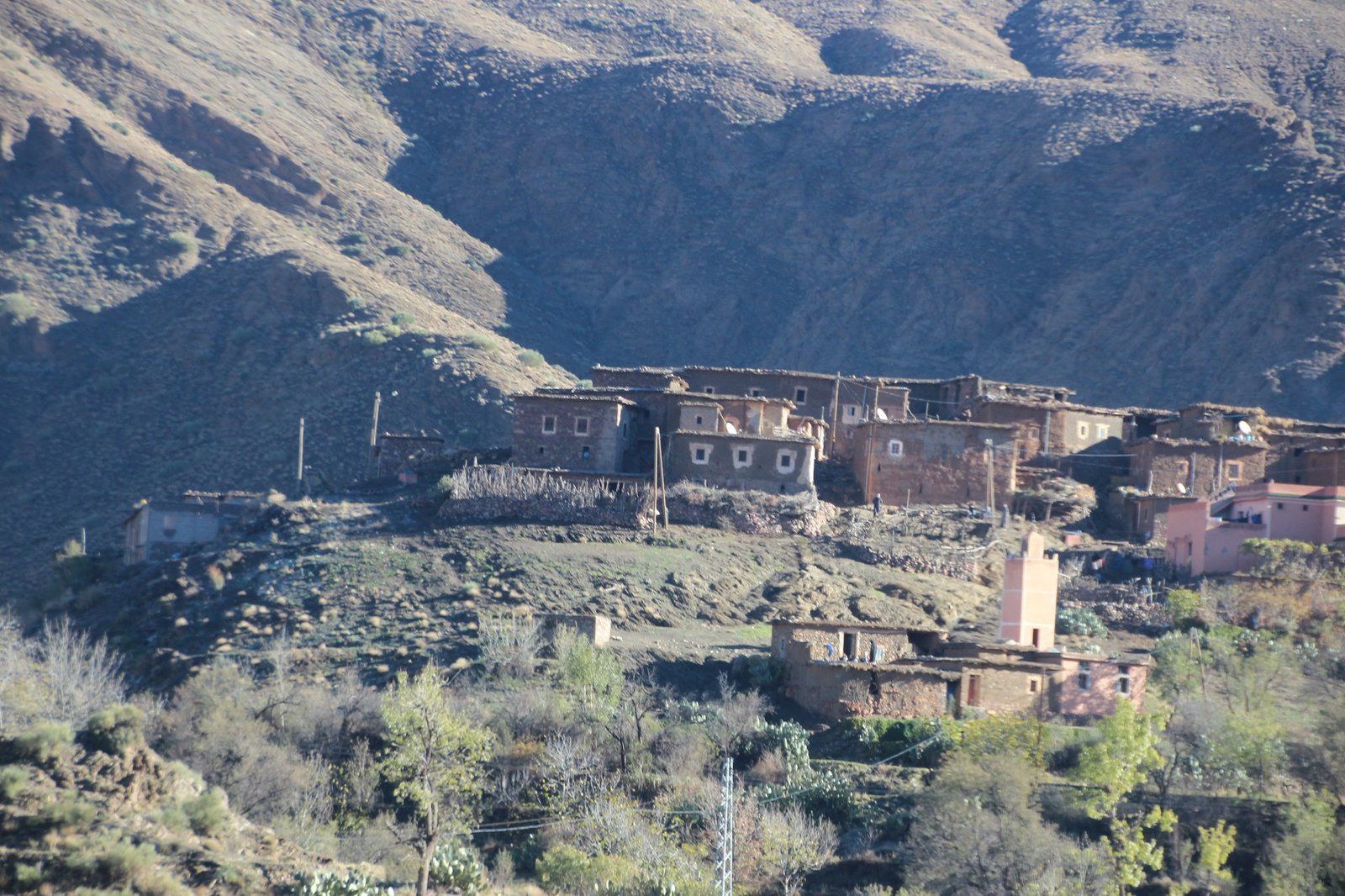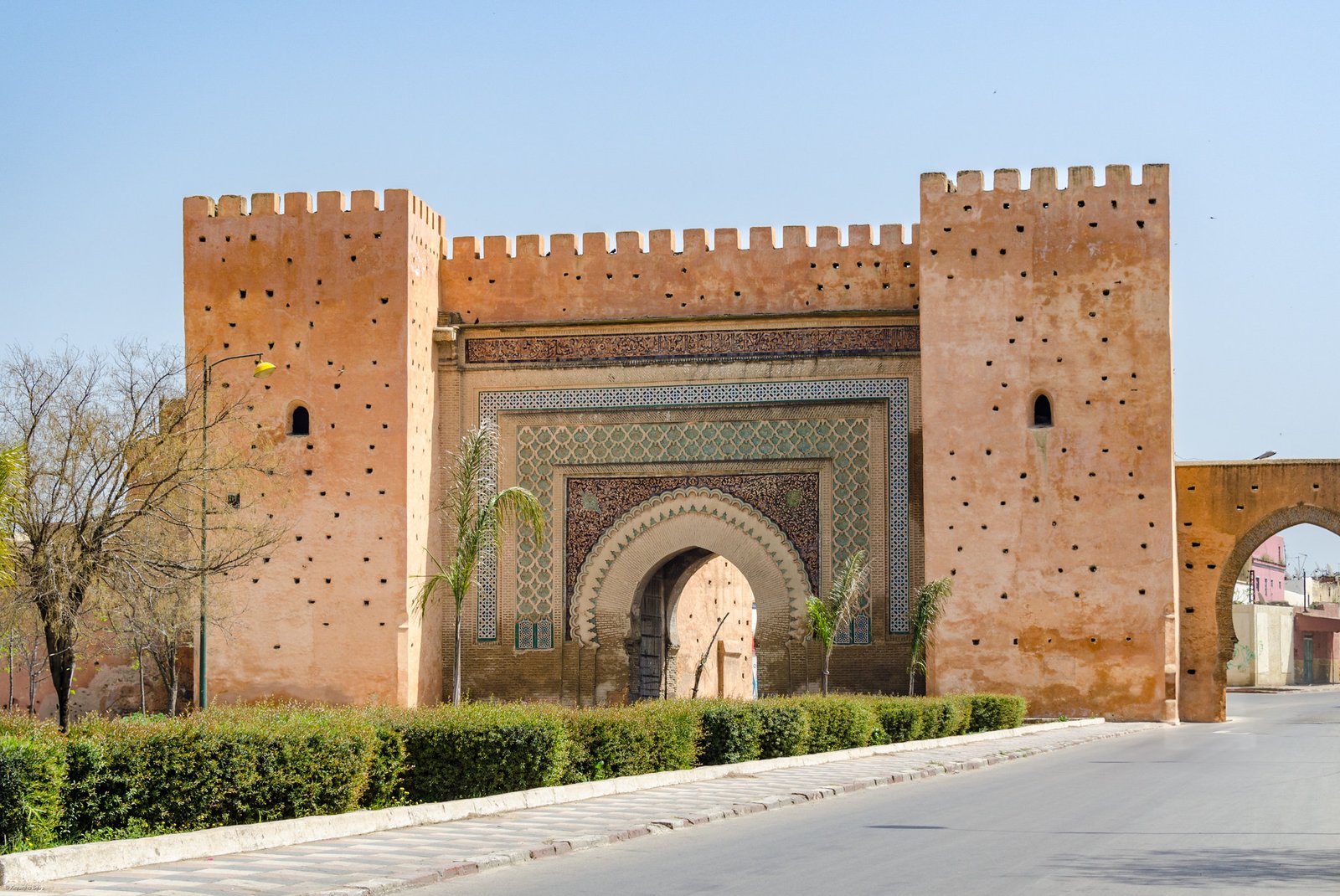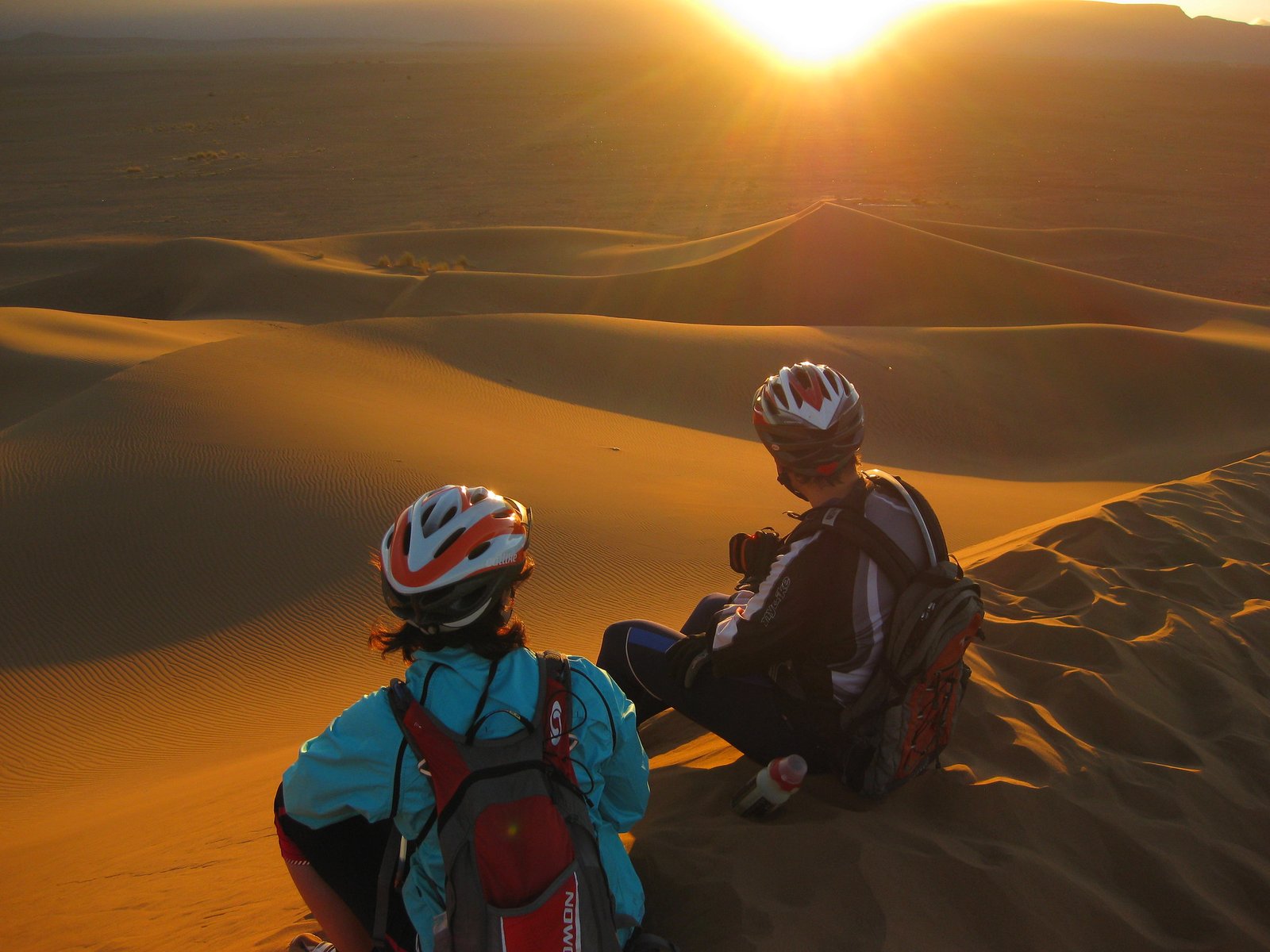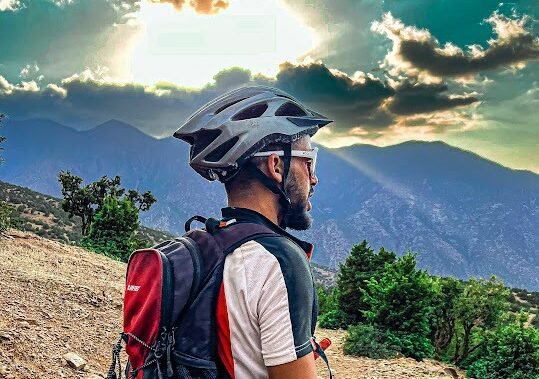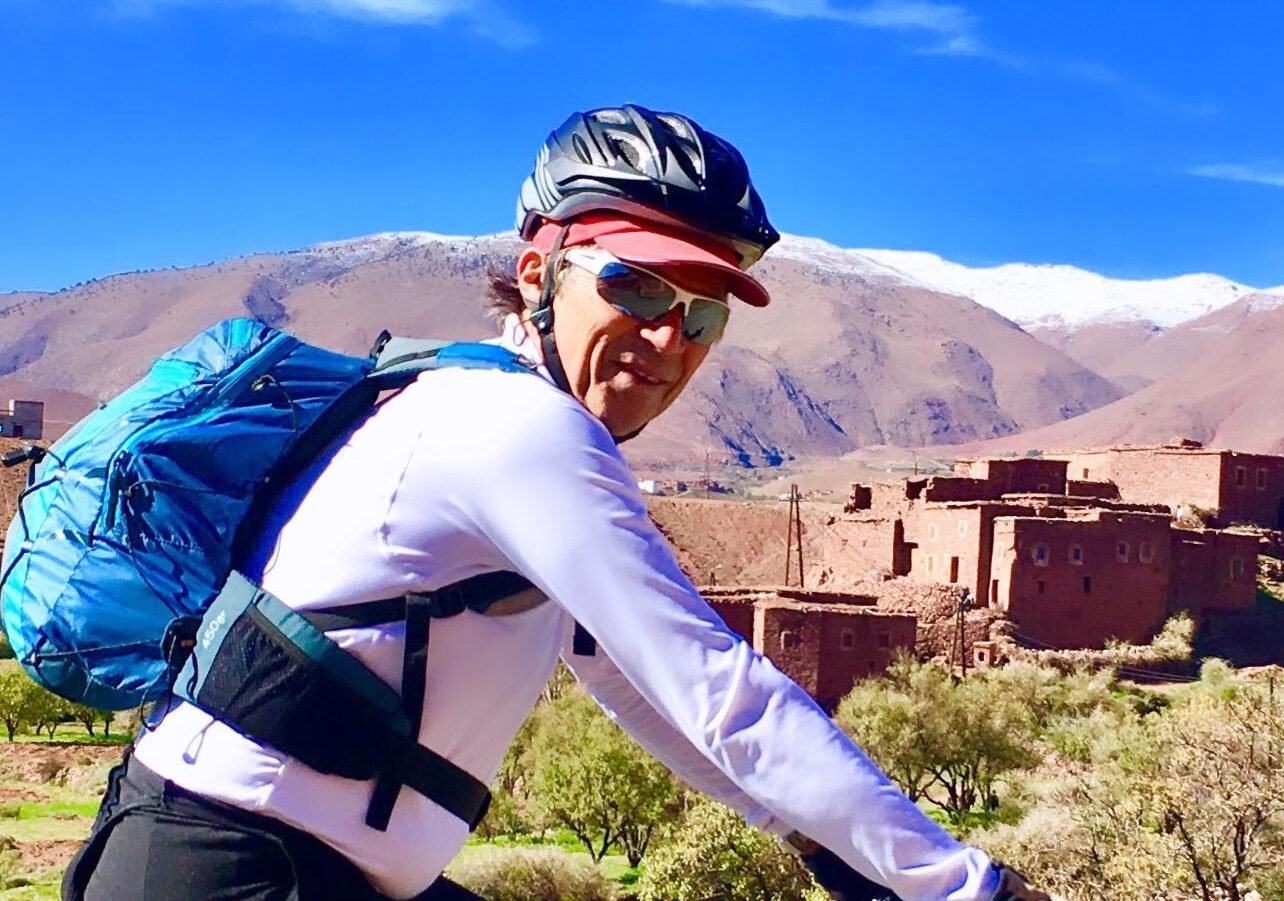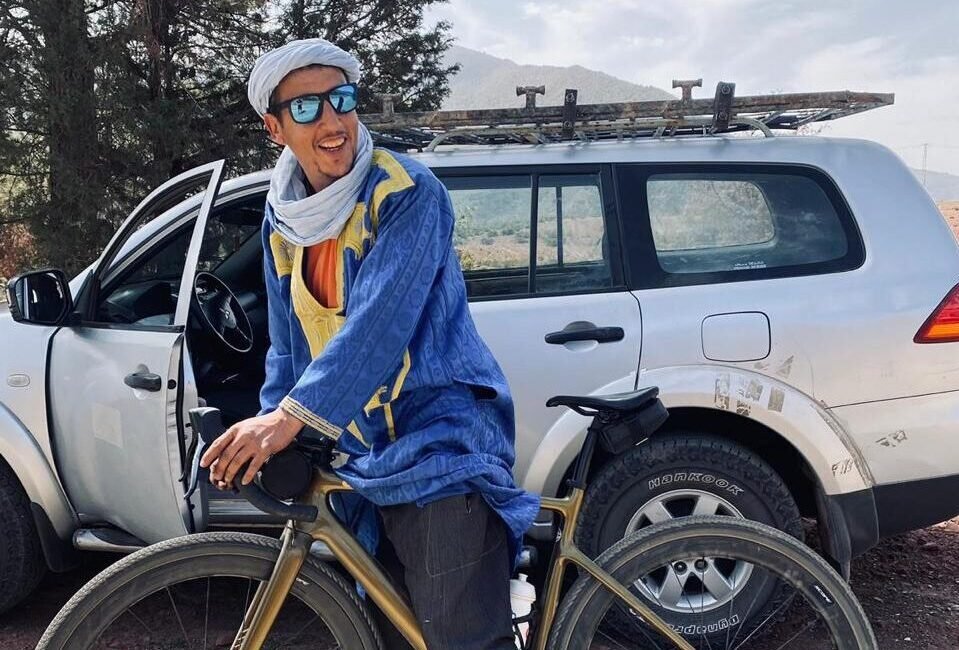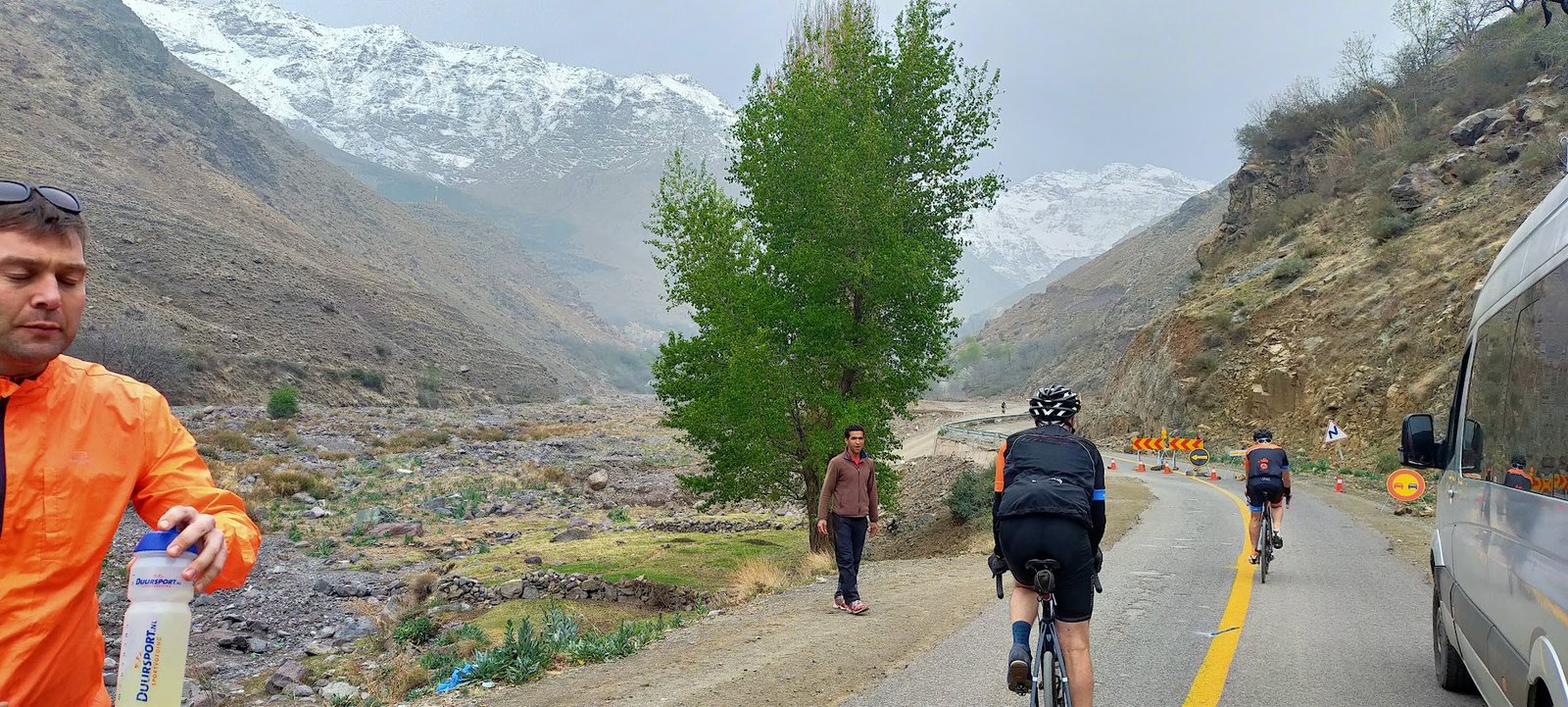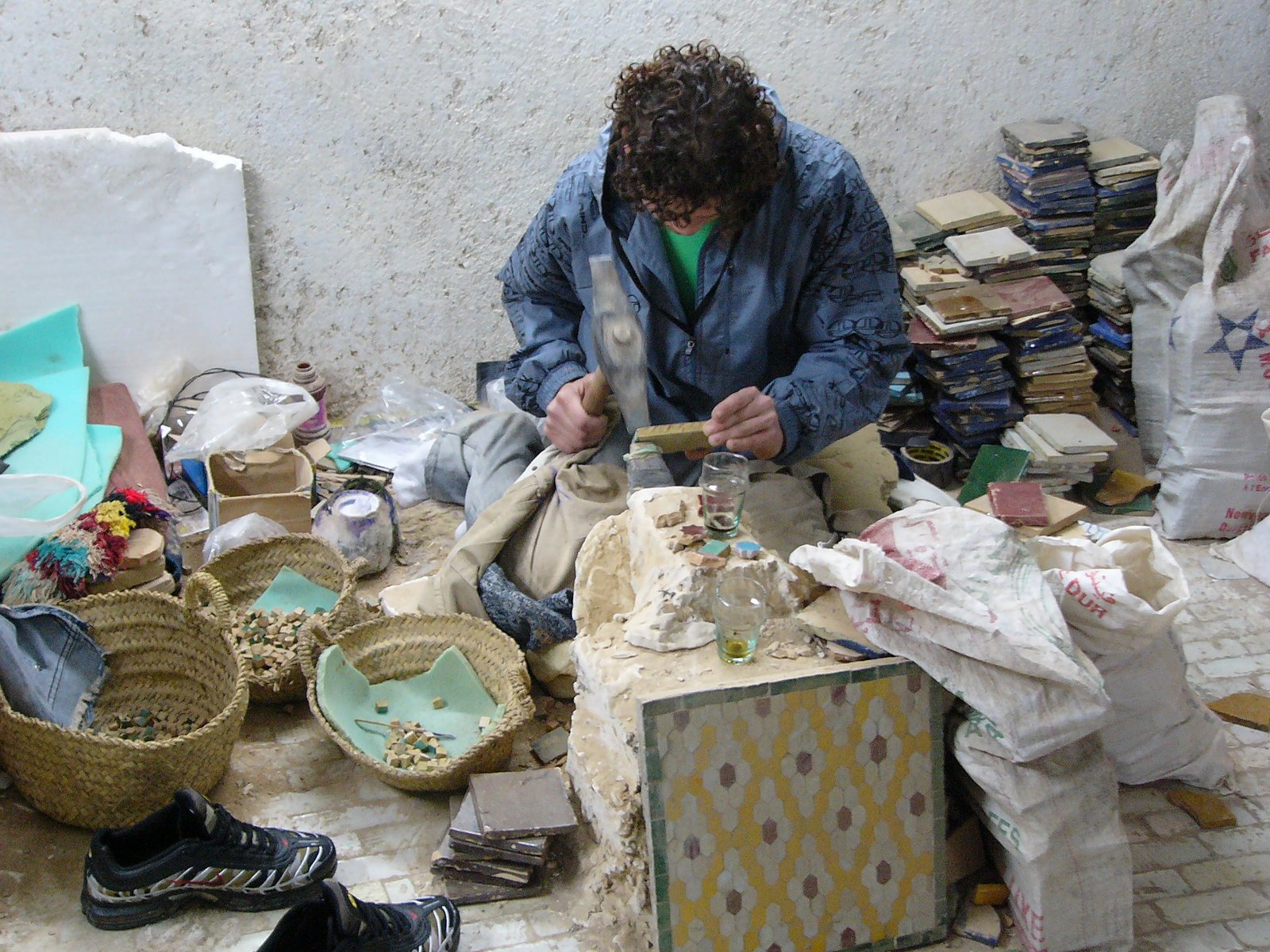


Fes: Morocco’s Ancient Cultural and Intellectual Hub
Fes stands as one of Morocco’s most historically significant cities, offering a rich tapestry of culture, architecture, and intellectual heritage. Located in the northern region of Morocco, Fes was founded in the 8th century by Idris I and has since grown into a city renowned for its deep historical roots and vibrant cultural scene. As the spiritual and intellectual center of Morocco, Fes is home to a wealth of historical sites, traditional craftsmanship, and a living, breathing medina that offers an unparalleled glimpse into Morocco’s past.


Fes
Fes, often regarded as Morocco’s cultural and intellectual heart, is a city rich with history and tradition. Founded in 789 AD, it has long been a centre of learning and culture, highlighted by the historic Al-Qarawiyyin University, recognized as one of the oldest continuously operating universities in the world. The city’s medina, a UNESCO World Heritage site, is a maze of narrow, bustling streets filled with traditional Moroccan architecture, vibrant souks, and historic landmarks such as the ornate Bou Inania Madrasa and the bustling Chouara Tannery, where centuries-old leather tanning techniques are still practised. Fes is not only a showcase of Morocco’s Islamic heritage but also a living testament to its enduring traditions and craftsmanship, offering visitors an immersive experience of its ancient and vibrant cultural landscape.
A Brief History of Fes
Fes’s origins trace back to 789 AD, when Idris I, the founder of the Idrisid dynasty, established the city. It was soon recognized as a major center of learning and culture, particularly during the reign of the Marinid dynasty in the 13th and 14th centuries. The city became renowned for its religious, educational, and cultural institutions, with the establishment of Al-Qarawiyyin University in 859 AD, often cited as one of the world’s oldest continuously operating universities.
The city’s history is marked by periods of prosperity and decline, influenced by various dynasties and political shifts. Under the Marinid sultans, Fes reached its zenith as a center of Islamic scholarship, attracting scholars and intellectuals from across the Muslim world. Today, Fes continues to preserve its historical legacy through its well-preserved architecture and vibrant cultural practices.
Key Attractions in Fes
1. Fes El-Bali
The historic Fes El-Bali medina is a sprawling labyrinth of narrow streets and alleys that transports visitors back in time. As one of the world’s largest car-free urban areas, the medina is a UNESCO World Heritage site renowned for its medieval architecture and traditional Moroccan atmosphere. Walking through Fes El-Bali is like stepping into a living museum, where every corner reveals intricate tilework, ancient fountains, and bustling souks.
2. Bou Inania Madrasa
The Bou Inania Madrasa, constructed in the 14th century, is a masterpiece of Marinid architecture. The madrasa served as both an educational institution and a religious center, and its stunning design features intricate tile mosaics, elaborate wood carvings, and an expansive courtyard. The madrasa’s architectural details, including its richly decorated prayer hall and serene courtyard, provide a glimpse into the grandeur of medieval Islamic scholarship and artistry.
3. Al-Qarawiyyin University
Al-Qarawiyyin University, founded in 859 AD by Fatima al-Fihri, is a cornerstone of Fes’s intellectual heritage. Recognized by UNESCO and the Guinness World Records as the oldest continually operating university in the world, it has been a center of learning for over a millennium. The university’s library, which houses thousands of rare manuscripts and ancient texts, is a treasure trove of Islamic knowledge and scholarship.
4. Chouara Tannery
The Chouara Tannery is one of Fes’s most iconic sites, offering a vivid glimpse into traditional leather production methods that have been used for centuries. Visitors can observe the age-old techniques of dyeing leather in large, open vats filled with colorful dyes. The tannery is a bustling hub of activity, with artisans meticulously processing hides to create high-quality leather goods, including shoes, bags, and jackets.
5. Dar Batha Museum
Housed in a former royal palace, the Dar Batha Museum is a repository of Moroccan art and historical artifacts. The museum’s collection includes a diverse range of items such as ceramics, jewelry, and traditional costumes, showcasing the artistic and cultural heritage of Fes. The museum’s serene gardens and elegant courtyards provide a tranquil setting for visitors to explore Morocco’s rich history and craftsmanship.
6. The Royal Palace
Although not open to the public, the Royal Palace in Fes is an important historical landmark. The palace, with its impressive golden gates and extensive grounds, serves as the official residence of the Moroccan king when he visits Fes. The palace’s grand architecture and beautifully landscaped gardens are a testament to the city’s historical significance as a royal seat.
7. El-Jezzar Mosque
El-Jezzar Mosque is another important religious site in Fes, renowned for its historic significance and architectural beauty. The mosque, with its intricately decorated interior and serene ambiance, serves as a place of worship and reflection for the local Muslim community. It stands as a testament to the city’s rich religious and cultural traditions.
Cultural Experiences in Fes
1. Traditional Cuisine
Fes offers a rich and diverse culinary experience, reflecting Morocco’s varied food traditions. The city’s markets and restaurants serve a range of traditional dishes, including pastilla (a savory-sweet pastry filled with pigeon meat and almonds), tagine (a slow-cooked stew of meat and vegetables), and couscous (steamed semolina served with meat and vegetables). Street food stalls and local eateries provide an opportunity to savor authentic Moroccan flavors and enjoy the vibrant food culture of Fes.
2. Craftsmanship and Souks
The souks of Fes are a vibrant showcase of traditional Moroccan craftsmanship. Visitors can explore markets specializing in zellij (intricate mosaic tilework), tadelakt (a polished plaster technique), and traditional textiles. The city’s artisans continue to practice age-old techniques, and visiting their workshops offers a unique insight into Morocco’s rich craft traditions. The souks are also ideal for purchasing handcrafted souvenirs and experiencing the lively atmosphere of Moroccan marketplaces.
3. Festivals and Events
Fes is home to a variety of festivals and cultural events that celebrate the city’s rich heritage. The Fes Festival of World Sacred Music is a major event that attracts international performers and audiences, showcasing a diverse range of sacred and spiritual music from around the world. Other local festivals and events, such as the Fes Festival of Sufi Culture and traditional religious celebrations, provide an opportunity to experience the vibrant cultural life of Fes.
Travel Tips for Visiting Fes
1. Best Time to Visit
The best times to visit Fes are during the spring (March to May) and autumn (September to November) when the weather is mild and pleasant for exploring the city. The summer months can be quite hot, so if you plan to visit during this period, be prepared for high temperatures and consider early morning or late afternoon excursions to avoid the heat.
2. Getting Around
Exploring the medina of Fes is best done on foot, as the narrow, winding streets are not accessible by car. Getting lost in the medina’s labyrinthine alleys is part of the experience, but consider hiring a local guide to help navigate and provide insights into the city’s history and culture. For travel outside the medina, taxis and local buses are available. Bicycles can also be a convenient option for exploring the city and its surroundings.
3. Accommodation
Fes offers a range of accommodation options, from traditional riads within the medina to modern hotels. Staying in a riad provides an authentic Moroccan experience with its traditional architecture and personalized service. For those seeking modern amenities and comfort, the city also has several hotels and guesthouses that cater to different preferences and budgets.
Conclusion
Fes is a city that embodies Morocco’s rich cultural and intellectual legacy, offering visitors a deep dive into its historical grandeur and vibrant traditions. From exploring the ancient medina and marveling at architectural masterpieces to savoring traditional Moroccan cuisine and engaging with local craftsmanship, Fes promises a rich and immersive experience. Whether you are delving into the scholarly heritage of Al-Qarawiyyin University, observing traditional leather processing at the Chouara Tannery, or wandering through the bustling souks, Fes provides a captivating journey through one of Morocco’s most historic and culturally significant cities.
Royal Palace (Dar el Makhzen): Although not open to the public, the Royal Palace is a significant landmark in Fes. It is the official residence of the Moroccan king when he is in the city and features impressive architecture and beautifully landscaped gardens. The palace’s majestic gates are a symbol of the city’s historical importance and royal heritage.
El-Jezzar Mosque: This mosque is another notable religious site in Fes. It is known for its historical significance and beautifully decorated interiors, which contribute to the city’s rich spiritual and cultural heritage.
Attarin Madrasa: This madrasa is one of the finest examples of Marinid architecture and is renowned for its exquisite tilework, intricate carvings, and peaceful courtyards. It offers insights into the educational and religious practices of the period.
Moulay Idriss II Shrine: The shrine dedicated to Moulay Idriss II, the founder of Fes, is an important pilgrimage site and a significant element of the city’s spiritual and historical landscape. It is revered by locals and offers a glimpse into the religious devotion that shapes Fes.
Jnan Sbil Gardens: The Jnan Sbil Gardens are a tranquil oasis in the heart of the city, providing a lush and serene environment away from the hustle and bustle of the medina. The gardens are beautifully landscaped and offer a peaceful retreat for visitors.


